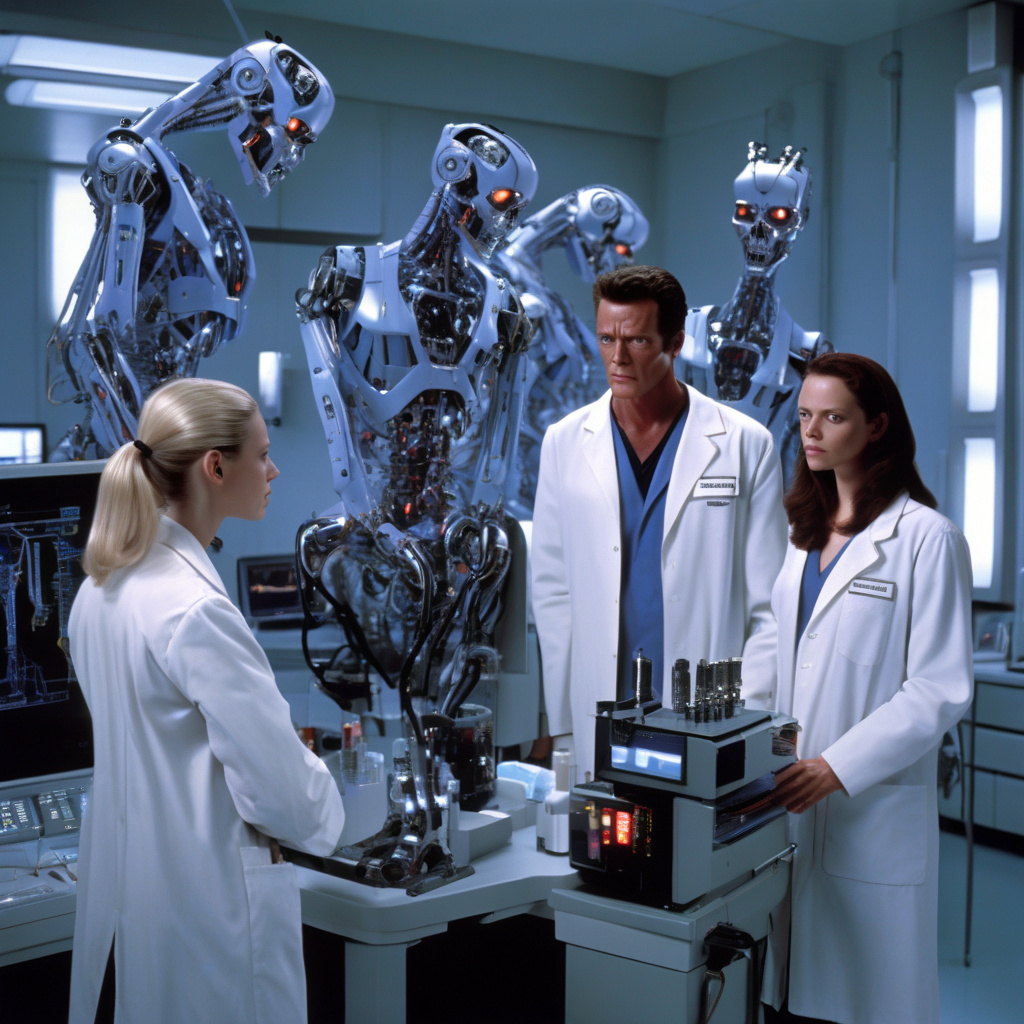The vision of shapeshifting robots straight out of a science fiction movie is not just a dream anymore. Researchers are making significant strides in creating robots that can transform their shapes, reminiscent of the formidable T-1000 from “Terminator 2.” One notable development in this area comes from a team led by Matthew Devlin at UC Santa Barbara.
The team has successfully engineered small robots that possess the ability to collaborate as a group, altering their configuration and transitioning between solid and “fluid-like” states. This breakthrough not only showcases remarkable technological advancement but also opens up a world of possibilities in various fields, from robotics to materials science.
Imagine a swarm of robots that can dynamically change their shape to navigate through complex terrains or squeeze through tight spaces with ease. This capability could revolutionize search and rescue missions in hazardous environments or enable efficient exploration of unknown territories where traditional robots would struggle to operate effectively.
Moreover, the concept of robots transitioning between solid and fluid states introduces intriguing applications in fields such as healthcare and manufacturing. These shapeshifting robots could potentially adapt to different tasks by altering their physical properties, offering versatility and efficiency in performing diverse operations.
By drawing inspiration from science fiction and turning it into reality, researchers are not only pushing the boundaries of technological innovation but also challenging our perceptions of what robots can achieve. The ability to mimic the adaptability and resilience of the T-1000 robot opens up a realm of possibilities for creating intelligent machines that can respond to dynamic environments with agility and precision.
As researchers continue to explore the potential of shapeshifting robots, we are on the brink of witnessing a new era in robotics where flexibility and transformation are key features. The evolution of these robots could lead to groundbreaking advancements in various industries, shaping the way we interact with technology and revolutionizing the capabilities of autonomous systems.
In conclusion, the ongoing research into building T-1000-style shapeshifting robots represents a significant leap forward in the field of robotics. The fusion of imagination and scientific innovation is bringing us closer to a future where robots can adapt and transform like never before. As we progress towards this future, the possibilities are limitless, and the impact on society could be truly transformative.

